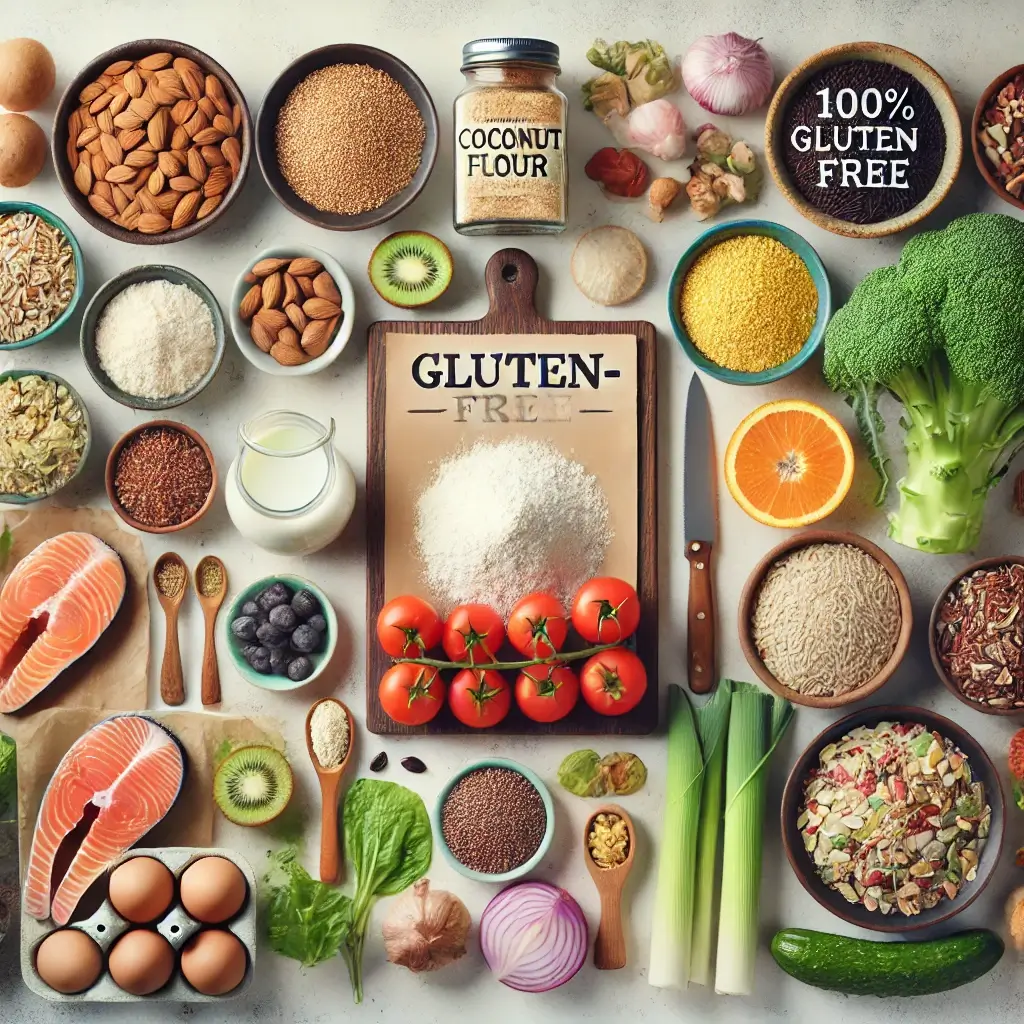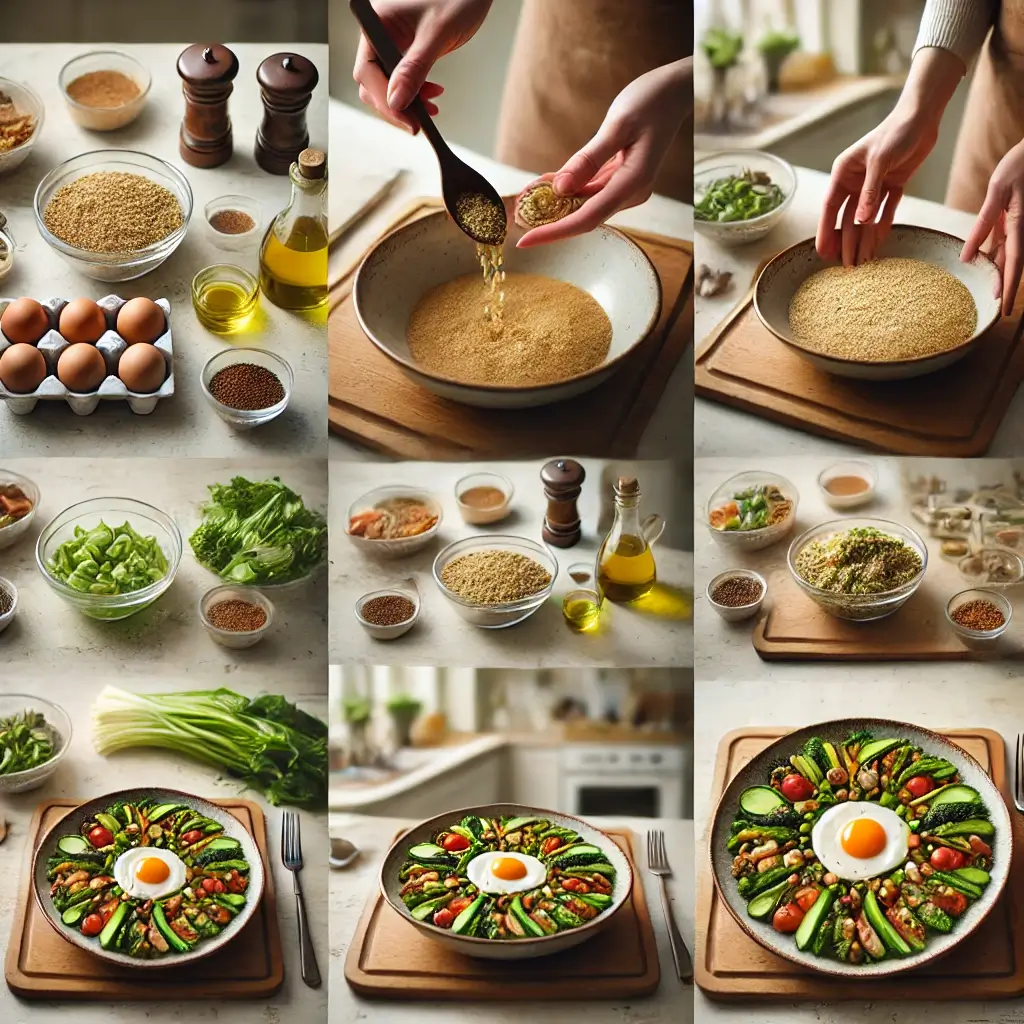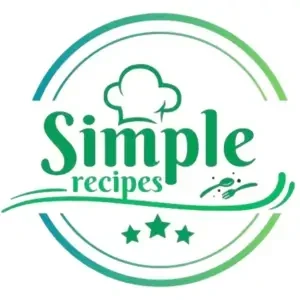Key Benefits
Choosing gluten-free meals can provide many benefits, whether you have dietary restrictions, are looking to boost your health, or simply want to try something new. These meals can help with digestive health, reduce inflammation, and improve energy levels. With the right recipes and ingredients, gluten-free meals are just as flavorful, satisfying, and nutritious as traditional ones. The key is to avoid the common mistakes that can make gluten-free cooking seem difficult or bland. Let’s explore how to get it right!
Table of Contents
7 Common Mistakes You Need to Avoid
Avoiding these 7 mistakes will ensure that your gluten-free meals are tasty, satisfying, and free from frustration:
- Mistake 1: Not Checking Labels Carefully
Many processed foods can contain hidden gluten. Even items that seem safe, like sauces or broths, might have wheat-based ingredients. Always double-check product labels and look for certified gluten-free marks. - Mistake 2: Not Using the Right Flour Blend
Not all gluten-free flours are created equal. Using the wrong type can lead to disappointing texture and taste. Opt for a 1-to-1 gluten-free flour blend, which works well for most recipes. - Mistake 3: Skipping the Xanthan Gum or Other Binders
Gluten-free recipes need a little extra help to hold together. Ingredients like xanthan gum or guar gum are essential for improving texture and giving your meals the right structure. Don’t skip these ingredients! - Mistake 4: Overlooking Cross-Contamination
Even tiny traces of gluten can affect people with celiac disease or severe gluten sensitivity. Make sure your kitchen tools, surfaces, and storage are completely free of gluten cross-contamination. Use separate cutting boards and utensils for gluten-free cooking. - Mistake 5: Not Adding Enough Flavor
Gluten-free meals can sometimes taste bland if you don’t add the right seasonings. Spice things up with fresh herbs, garlic, and your favorite spices to ensure your meal is full of flavor. Gluten-free doesn’t mean flavor-free! - Mistake 6: Using Too Much Liquid
Many gluten-free flours absorb more liquid than wheat flour, and this can lead to a soupy texture if you’re not careful. Follow your recipe closely and adjust the liquid as needed to avoid a soggy dish. - Mistake 7: Not Giving the Dough Enough Time to Rest
Gluten-free dough often requires a bit of resting time to hydrate and set properly. Don’t rush the process—let your dough rest as instructed to ensure the best consistency.
Ingredients

Gathering the right ingredients is key to ensuring your gluten-free meals are both delicious and nutritious. Here’s a list of essential items for making your recipe a success:
| Ingredients | Quantity |
|---|---|
| Gluten-Free Flour Blend | 1 cup (or as needed) |
| Xanthan Gum | 1/2 teaspoon |
| Fresh Vegetables (bell peppers, onions, zucchini) | 2 cups, chopped |
| Lean Proteins (chicken, turkey, or tofu) | 500g |
| Healthy Fats (olive oil, avocado) | 2 tablespoons |
| Gluten-Free Pasta or Rice | 1 cup, cooked |
| Herbs and Spices (garlic, basil, parsley) | 1-2 tablespoons (to taste) |
| Seasoning (salt, pepper, chili flakes) | To taste |
| Liquid (vegetable broth or gluten-free soy sauce) | 1/2 cup |
Be sure to check the labels to confirm everything is gluten-free, especially sauces or pre-made items like broths, which may contain hidden gluten. This ensures your meal is safe and gluten-free from start to finish.
Instructions
Follow these simple steps to create a delicious, gluten-free meal:

- Prep Ingredients: Chop all the vegetables and proteins. If using gluten-free pasta or rice, cook it according to package instructions.
- Cook Proteins: Heat 1 tablespoon of olive oil over medium heat in a large pan. Add your protein (chicken, turkey, or tofu) and cook until browned and fully cooked through (about 7-10 minutes).
- Sauté Vegetables: In the same pan, add another tablespoon of olive oil. Sauté the chopped vegetables for 5-7 minutes until tender and slightly caramelized.
- Combine and Season: Add the cooked pasta or rice to the pan with vegetables. Season with salt, pepper, and herbs. Stir well to combine, ensuring everything is coated.
- Add Liquid: Pour in the vegetable broth or gluten-free soy sauce, then simmer for 5 minutes to allow the flavors to meld together.
- Serve: Once everything is hot and well-mixed, serve the meal warm and enjoy!
Pro Tips and Variations
Here are a few pro tips to make your gluten-free meals even better:
- Texture Tweaks: For a chewier texture, add psyllium husk to your gluten-free flour blend. It helps bind ingredients together.
- Herb Infusion: Use fresh herbs like basil or thyme instead of dried herbs to give your dish a fresher, bolder flavor.
- Spicy Kick: If you enjoy some heat, add chili flakes or sriracha to spice things up without adding gluten.
- Dairy-Free: Swap olive oil with avocado oil and choose dairy-free cheese or cream for a completely dairy-free option.
- Freezer-Friendly: If you make extra, this meal is perfect for freezing. Store leftovers for up to a month and reheat them for a quick meal.
Serving Suggestions
Once your meal is ready, here are some great serving suggestions:
- Simple Salad: Pair your meal with a light green salad dressed with lemon vinaigrette for a refreshing side.
- Roasted Vegetables: Serve with roasted sweet potatoes or Brussels sprouts for a hearty and flavorful addition.
- Quinoa: For extra protein, serve your gluten-free meal with quinoa instead of rice or pasta.
- Fresh Herbs: Garnish with chopped parsley or basil to add a burst of color and flavor.
- Gluten-Free Sauce: Top your dish with some gluten-free pesto or a drizzle of lemon and olive oil for added flavor.
Why Gluten-Free Meals Matter
Gluten-free meals are especially important for individuals with celiac disease or gluten sensitivity, but even those without gluten-related health issues can benefit from them. These meals can promote better digestion and overall wellness. Adopting a gluten-free lifestyle means choosing more whole foods like fruits, vegetables, and lean proteins, leading to a balanced and healthy diet.
Understanding Cross-Contamination
Cross-contamination is a hidden danger in the world of gluten-free cooking. Even trace amounts of gluten can cause discomfort for those with sensitivities. Always be mindful of shared utensils, cutting boards, and cooking surfaces. Designating a specific area and tools for gluten-free food prep can make a world of difference in ensuring your dishes are safe to eat.
Choosing the Right Ingredients
Selecting the right ingredients is crucial in gluten-free cooking. Gluten-free flours, starches, and binders should be used in combination to mimic the texture of wheat-based recipes. Remember, not all gluten-free products behave the same, so experiment with different options to get the best results. Also, always ensure that the packaged ingredients are labeled “gluten-free” to avoid any hidden gluten.
The Importance of Meal Prep
Meal prep plays a significant role in ensuring your gluten-free lifestyle stays on track. Preparing ingredients and dishes in advance not only saves time but also ensures you have a safe, gluten-free meal available whenever needed. Store meals in airtight containers, and make sure all meals are properly labeled to avoid any confusion later on.
Conclusion
Making gluten-free meals doesn’t have to be complicated. With the right ingredients and simple techniques, you can create satisfying and nutritious meals that are just as tasty as their gluten-filled counterparts. Whether you’re gluten-sensitive or just exploring healthier eating habits, gluten-free cooking opens the door to endless possibilities. Keep these tips in mind, and you’ll be well on your way to creating delicious meals that everyone will enjoy!
8-Frequently Asked Questions (FAQs)
Can I make this recipe ahead of time?
Yes, you can prepare this recipe in advance and store it in the refrigerator for up to 3 days. Simply reheat on the stovetop or microwave when you’re ready to eat.
What’s the best gluten-free flour blend to use?
A 1-to-1 gluten-free flour blend is ideal for most recipes. Choose blends with a mix of rice flour, potato starch, and tapioca flour for the best results.
Is this recipe suitable for people with celiac disease?
Yes, this recipe is 100% gluten-free. Just be sure to double-check that all ingredients, especially processed ones like broths and sauces, are certified gluten-free to avoid any hidden gluten.
Can I make this recipe vegan?
Yes! You can swap the chicken or turkey for tofu, tempeh, or a legume like chickpeas. To make it dairy-free, simply use plant-based oils and non-dairy cheese options.
How do I know if a product is truly gluten-free?
Always look for a gluten-free certification on product labels. Check for the GF symbol or the phrase “certified gluten-free” to ensure it is safe for gluten-free diets.
Have you tested our recipe yet?
There are no reviews yet. Be the first one to write one.

